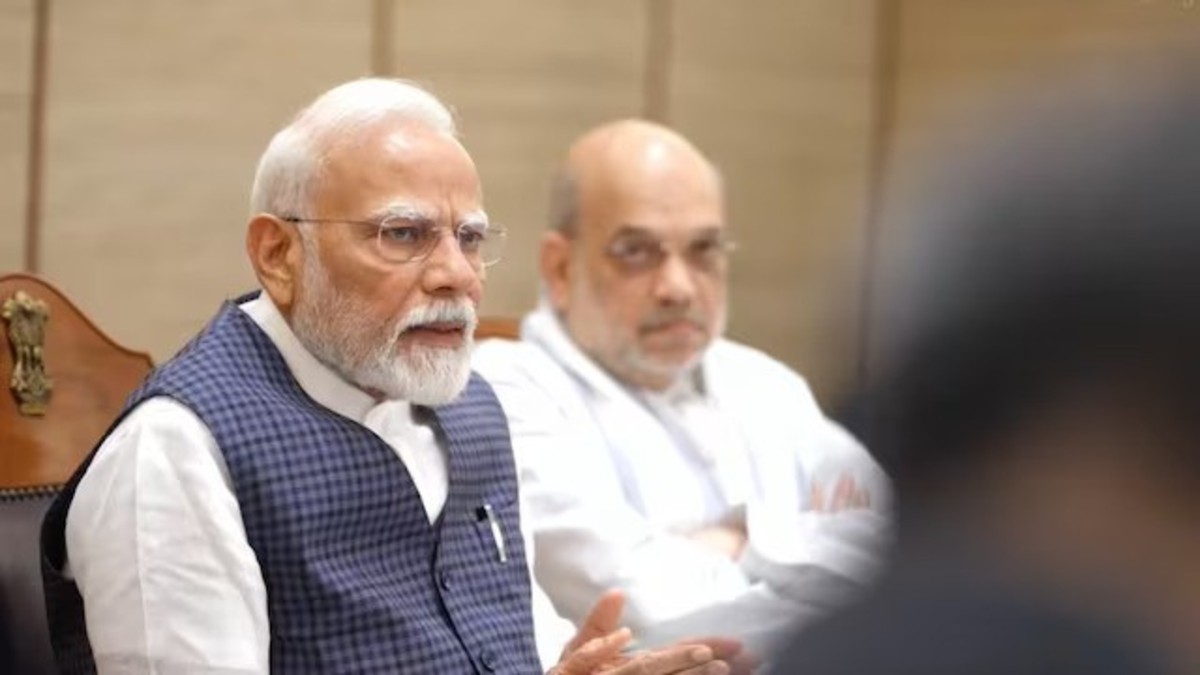In the early hours of Wednesday, Pakistan was rattled by a significant strike by India under Operation Sindoon . The precision strikes were conducted by the Indian forces against nine terror camps in Pakistan. While Pakistan was anticipating retaliation from India following the Pahalgam terror attack, the timing of it all left Islamabad surprised and unprepared.
Soon after the Pahalgam attack that led to the death of 26 tourists, several Pakistani politicians warned that India might strike in “36 hours”. However, nothing happened in the time frame flagged by Pakistani politicians.
Operation Sindoor was conducted 2 weeks after the Pahalgam attack, leaving Pakistan unprepared. Part of the reason why Operation Sindoor turned out to be a surprise strike was the diversion tactics used by the Indian government before and even after the mission unfolded. Here’s a look at the smokescreen India laid out for Pakistan.
The mock drill
Days before the operation, India announced that it would be conducting civil mock drills at different areas across the country, including the capital. Parts of Delhi, Noida, Mumbai, Bareilly, Bhopal, Lucknow and more became a no-light zone for a short period of time.
The drill aimed to analyse India’s emergency response preparedness as tensions flare with its problematic neighbours. This was the first time the country had witnessed civil drills since 1971. The drills involved air raid sirens going off, activation of emergency control rooms, evacuation rehearsals, and coordination with civil defence staff.
From the outside, it must have been perceived that India would remain busy with conducting civil mock drills are such a large stage. However, the strikes on Wednesday were conducted from 1:05 am, while the drills were scheduled for 4 pm on the same day.
Air drill announcement
Before the operation took place, the Indian Air Force announced that it would carry out a two-day mega military exercise in Rajasthan, along the International Border with Pakistan. The drills started on Wednesday, hours after the strikes.
The IAF termed it as a “pre-planned routine training exercise that will involve all the frontline fighter jets, including Rafale, Sukhoi-30 and Jaguar aircraft.” According to NOTAM, the exercise began at 3:30 pm on Wednesday and will continue until 9:30 pm on Wednesday. The drills led to the authorities restricting airspace in affected areas.
Impact Shorts
More ShortsThe India-UK FTA
A day before the strikes were conducted, India and the United Kingdom concluded a landmark Free Trade Agreement (FTA), marking a significant milestone in their bilateral relations. While the deal was finalised after three years of negotiation, the decision to make the formal announcement on May 6 might have given Pakistan the impression that the Indian government’s attention was on the deal.
The pre-recorded speech
Hours after the strikes were conducted, every news channel played a pre-recorded address by Prime Minister Narendra Modi. Many expected that the prime minister would mention Operation Sindoor. The prime minister’s address for the Global Conference on Space Exploration came as a surprise since he is usually known to address the nation live.
Many speculated that by sharing a pre-recorded message, it showed that the Indian government had already decided to conduct the retaliation on May 6-7. Even during the speech, the prime minister dropped hints of an impending strike. “India’s space journey is not about racing others. It is about reaching higher together. Together, we share a common goal to explore space for the good of humanity,” the prime minister said calmly while the plans of retaliation were underway.
A page from the history book: Balakot strike
Just before dawn, India struck Balakot on February 26. However, 48 hours before the attack, it was a regular schedule for the prime minister. A day before the strike, PM Modi went to the National War Memorial to pay homage to the Indian armed forces.
While the Indian planes took off at 9 pm, PM Modi was addressing a summit organised by a news outlet. White all these incidents, the prime minister never gave a hint that a strike against Pakistan was underway. At that time, many lauded prime minister for keeping a calm instead of creating a panic.


)

)
)
)
)
)
)
)
)



